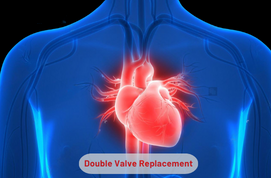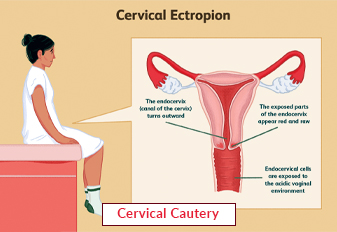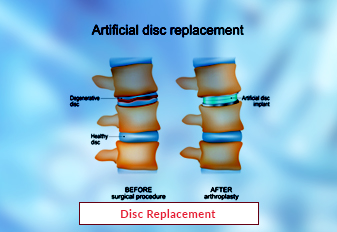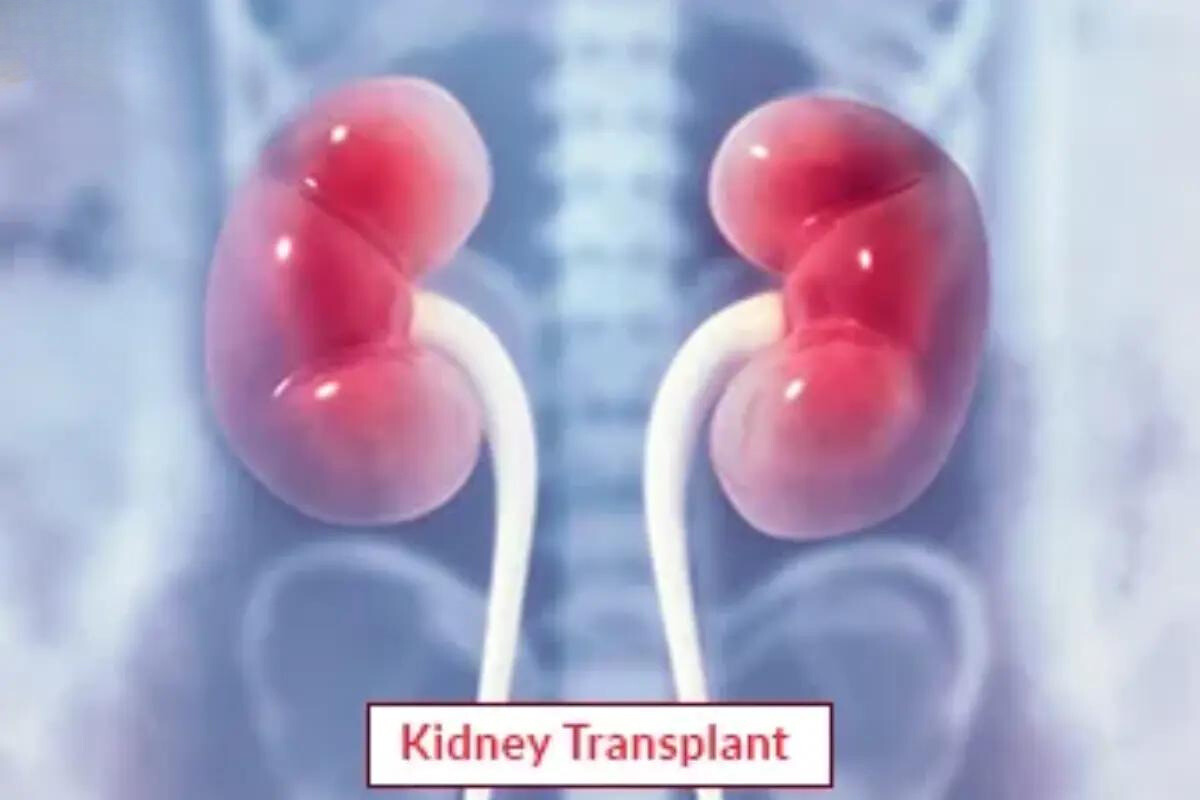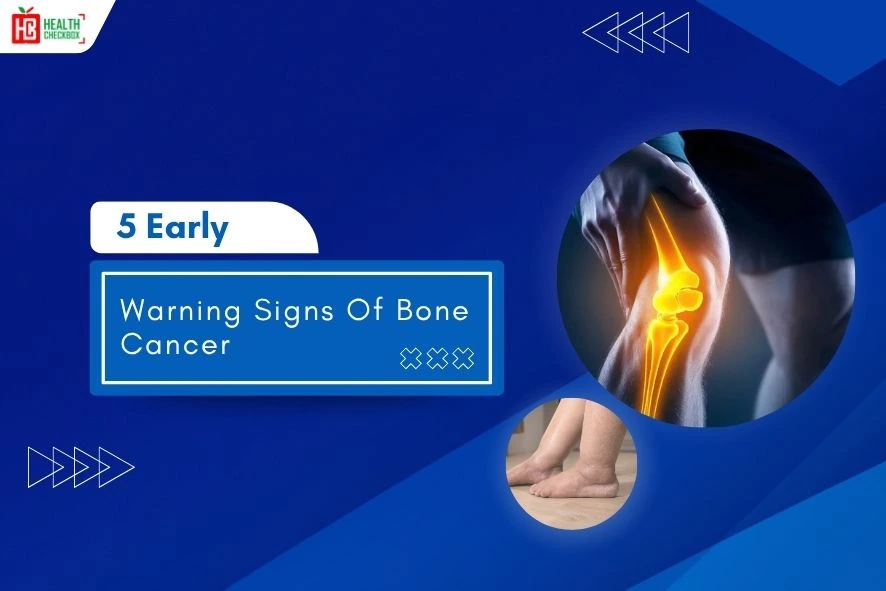Double valve replacement (DVR) is an open surgery performed to treat the mitral and aortic valves. A surgeon replaces or fixes the damaged valves. This heart disease may occur when one or more of the four valves of the heart do not function properly. So, in case the valves of the heart are damaged severely beyond repair. Then, heart valve replacement surgery may be performed.
There are countless reasons for the replacement of the valves because the valves are an important part of the heart. These valves allow the nutrient-rich blood to flow through the different chambers of the heart. Once the blood flow is facilitated, each valve closes completely. However, in this case, if heart valves are diseased, then they may not be able to close and help the blood flow.
Heart valve malfunction can arise under a variety of conditions. Cyanosis, in which the blood vessels narrow, is one such condition. As a result, the heart will receive very little blood, which will make muscles work harder. In addition to this, leaky valves might be an issue. Instead of closing tightly, a valve may be slightly open, allowing blood to flow backwards. This is known as regurgitation. Replacement lets the heart work more efficiently, minimizing future damage to the heart muscle.
Types of Heart Valves
The heart pumps blood to the whole human body. It consists of two bottom chambers, titled as ventricles. And the two upper chambers are called atria. The valves connecting the heart’s chambers allow blood to flow through the structure. The four kinds of heart valves are as follows:
- Tricuspid valve
- Pulmonary valve
- Mitral Valve
- Aortic Valve
Valve Replacement Methods
There are two main treatment options for valve replacement, which are used to replace the defective valve. Both are mentioned below:
- Mechanical Valve: This is made from polyester and biocompatible carbon material. These artificial valves can last between 10 and 20 years. Blood thinners are recommended for the rest of a patient’s life. If they have mechanical valves because they may cause blood clotting. Therefore, the risk of stroke is less.
- Biological Valves: This is also known as bioprosthetic valves. These are made from human or animal tissue. With the help of these tissues, damaged heart valves can be replaced. Biological valves can be implanted during open-heart surgery. There are three types of biologic heart valves:
- Allograft: An allograft and a homograft are the same process. It is made up of tissue from a human donor’s heart.
- Porcine: A porcine valve is built from the tissue of a pig. This valve can be placed either with or without a stent.
- Bovine: A bovine valve is formed of cow tissue. It connects to individuals’ hearts using silicone rubber.
Replacement of biological valves does not increase the risk of blood clots. It means patients do not require anti-clotting drugs for a longer period. In future, a bioprosthetic valve may need to be replaced because it does not have the same longevity as a mechanical valve.
When is it Required?
It is required in different types of cases. These are listed below:
- Valve stenosis is a health state in which the flaps of the valve stiffen or become thick. Thus, results in a decrease in blood flow throughout the body.
- Blood leaks backwards during the valve regurgitation process because the valve flaps are unable to seal firmly. Therefore, treatment for this illness is necessary to avoid cardiac damage or infection.
Signs & Symptoms of Double Valve Replacement
There are many symptoms of unrepairable or leaky valve, such as
- Cyanosis
- Chest pain
- Fatigue
- Dizziness
- Lightheadedness
- Breathing problem
- Fluid retention
- Fleeing of fainting
Cause of DVR
- Congenital heart abnormalities
- Infectious endocarditis
- Degeneration valve disease
- Rheumatic heart illness
Who are the Appropriate Patients for DVR?
Before undergoing surgery for double valve replacement, patients must meet certain criteria. These include the following:
- Age
- Tolerance of surgical procedure
- Medications
- Irreparable valve
- Replacement or repair of heart valve
- Infection
- Blood clots
Procedure of Double Valve Replacement
- Individuals have imaging scans, blood tests, and a team in order to get ready for surgery.
- Anesthesia is given to the patient. So that they are unconscious and pain-free throughout the activity.
- To gain direct access to the two valves, a sternotomy or thoracotomy incision is constructed to access the heart.
- The damaged valves are carefully removed from the heart, taking care not to hurt any tissues.
- Artificial prosthetic valves are securely stitched into the heart’s architecture, ensuring proper alignment and operation.
- Any necessary tubes or drains are inserted, and the incision is sewn closed to aid with recovery.
- The patient is constantly monitored in an intensive care unit or cardiac recovery unit, and pain management, medicine, and rehabilitation therapy are initiated as needed.
Post Procedure Care
- Recommended medication should be taken on time.
- A healthy diet should be taken.
- Take bed rest for at least two to three weeks.
- Try to avoid stress.
- Exercise regularly for a better mindset.
- Alcohol and tobacco consumption should be neglected.
Latest Health Tips
Can Immunotherapy Cure Stage 4 Lung Cancer?
Early Signs of Cervical Cancer
Foods that Kill Cancer: Leafy Vegetables, Grains, & More
What Stage of Cancer is Immunotherapy Used For?
Which is Worse for Cancer, Sugar or Alcohol?
Vaccines That Prevent Cancer
What Kills Cancer Cells in the Body Naturally?
5 Early Warning Signs of Bone Cancer
Submit Your Enquiry
Testimonials








